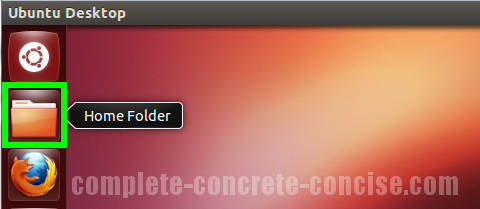


Now, we have to set up the Ubuntu disk image file (.iso). The recommended size is 10 GB, but you can increase the size if you wish.Īfter creating a virtual hard disk, you'll see Ubuntu in your dashboard. Next, we'll dynamically allocate storage on our physical hard disk. Now, we want to select "VHD (Virtual Hard Disk)".

NOTE: Select any amount of memory you wish, but don't add more than 50 percent of your total RAM.Ĭheck the "Create a virtual hard disk now" option so we can later define our Ubuntu OS virtual hard disk size. According to FOSSBYTES, Ubuntu is the second best Linux distro for programming and developers įirst, open VirtualBox, then click "New" to create a virtual machine.Įnter "Ubuntu" as the name, select "Linux" as the type, and select Ubuntu (64-bit) as the version.Easy customization: The GNOME desktop environment helps you customize easily.VirtualBox can be downloaded here: VirtualBox Downloads Why Ubuntu? It's good for testing and disaster recovery as it can be easily copied, backed-up, and transported between hosts.It can run everywhere from small embedded systems to laptops.If you’re a developer, VirtualBox can be used as a tool for safely testing your own development projects in multiple OS environments.You can run and experience any operating system safely.



 0 kommentar(er)
0 kommentar(er)
